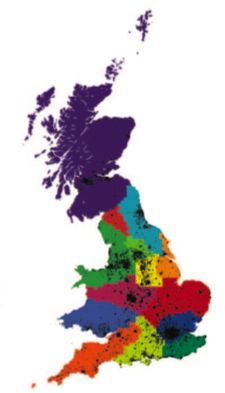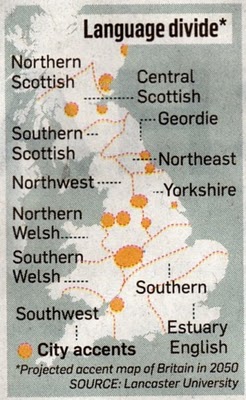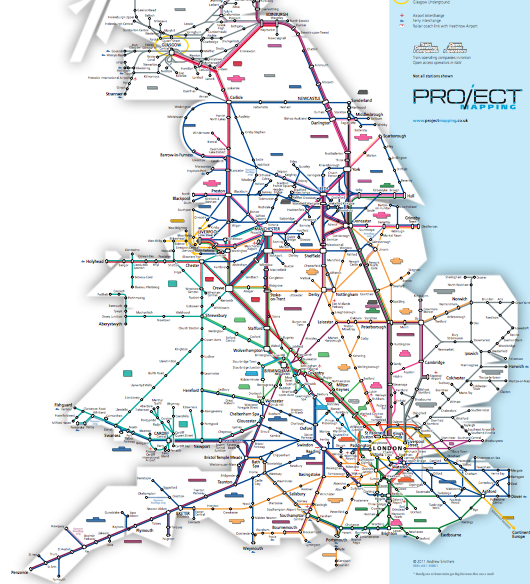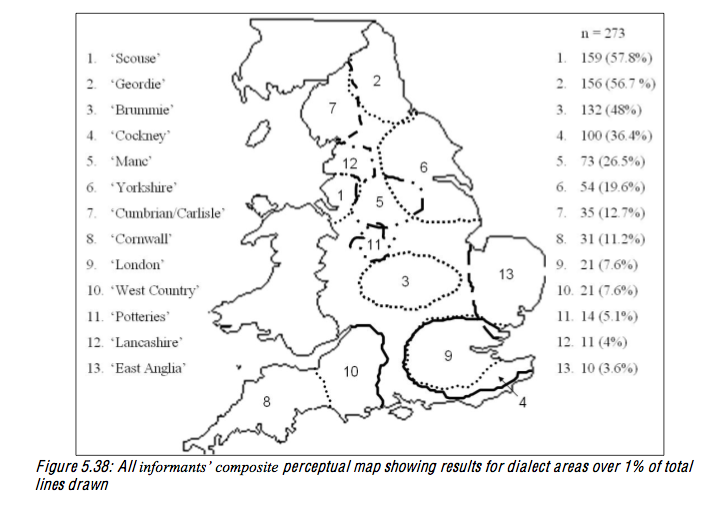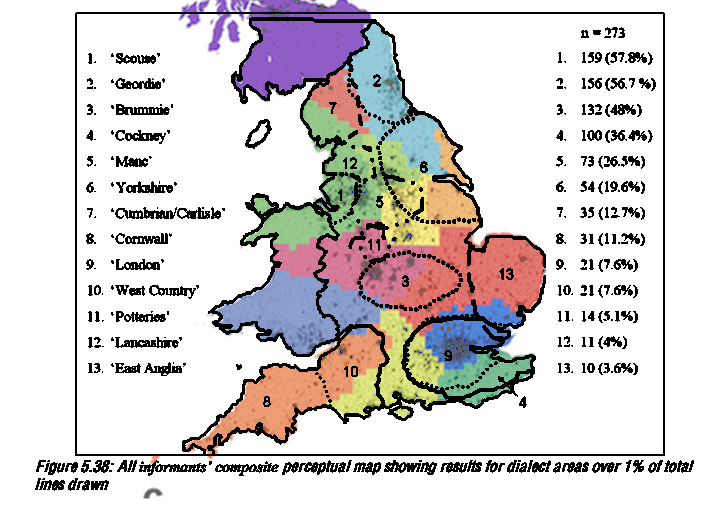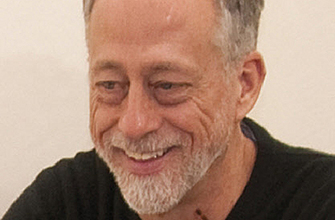H/T: Evolutionary Linguistics.
Call deadline: 25 November 2011
Event Dates: 15-28 March 2012
Event Location: Durham, UK
Event URL:
http://www.dur.ac.uk/jeremy.kendal/EHBEA2012/Welcome.html
Dear colleagues,
We are organising a special themed session on language evolution at the 2012 Annual Meeting of the European Human Behaviour and Evolution Association, which is held in Durham, UK, 25th-28th March 2012 (http://www.dur.ac.uk/jeremy.kendal/EHBEA2012/Welcome.html). EHBEA is an excellent venue for interdisciplinary work on the cultural and biological evolution of human behaviour, including language. Given that EHBEA is running shortly after EVOLANG next year, we are happy for research that is targeted at EVOLANG to also be submitted here, although note that the audience for each is likely to be different.
If you would like to submit an abstract for consideration as part of this themed session, please follow the submission instructions on the EHBEA website, marking your abstract as for consideration in the language evolution special session, organised by Simon Kirby and Kenny Smith. Abstracts will be independently reviewed by the usual EHBEA reviewers, so bear that in mind when preparing your submission. The themed session will only run if sufficient abstracts are accepted – of course, papers on language evolution could be presented independently as standard EHBEA talks.
The deadline for submissions is November 25th.
PLEASE FORWARD THIS MESSAGE TO ANYONE WHO MIGHT BE INTERESTED!
Best wishes,
Simon & Kenny


